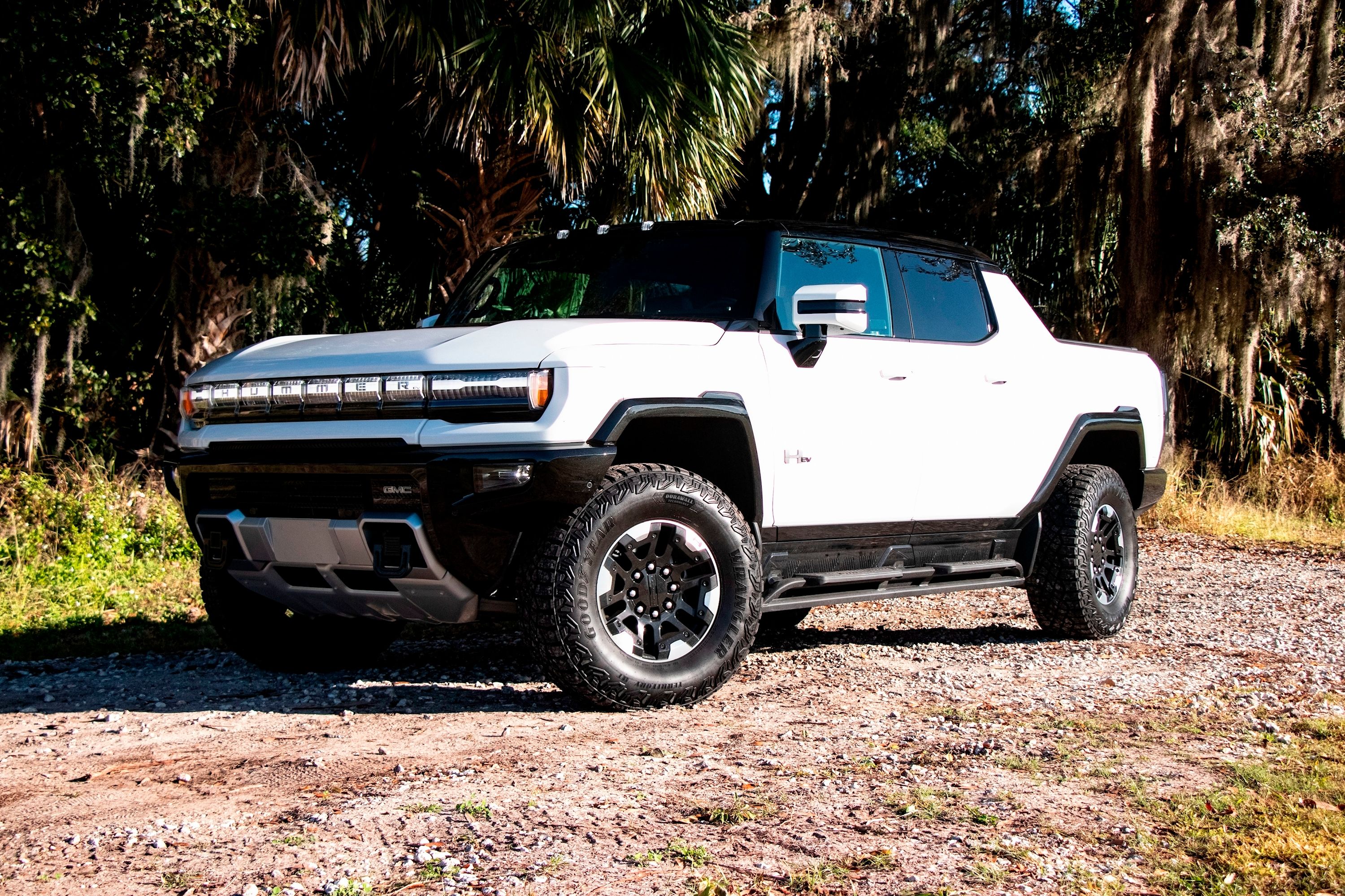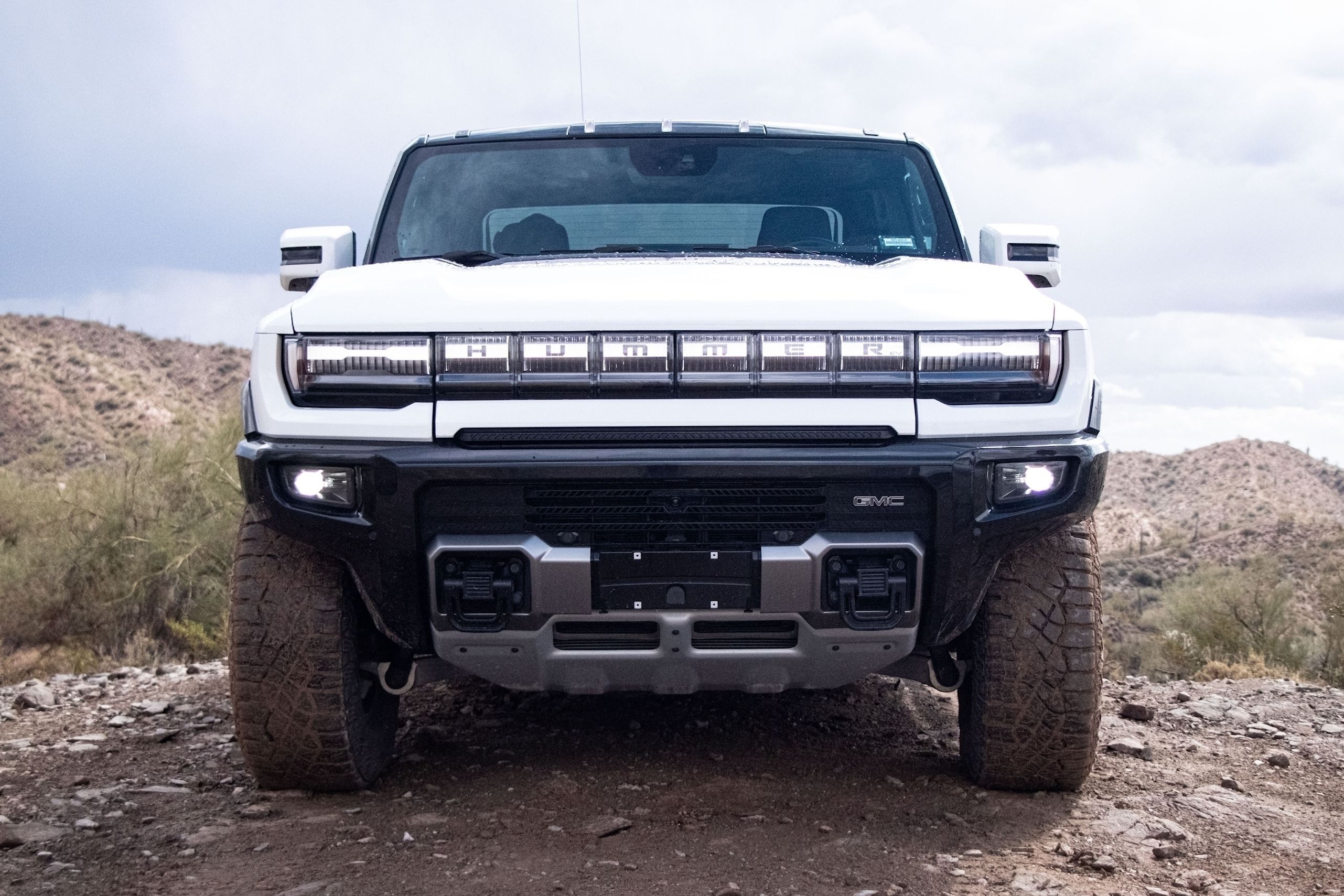
In another chapter on unintended consequences brought on by the EV revolution, our friends across the pond are afraid their multi-story car parks could collapse under the weight of electric vehicles. A team of experts and engineers told The Telegraph that the growth of EV use could buckle certain structures, while older car parks might even fall to pieces under the weight of electric vehicles.
"I don't want to be too alarmist, but there definitely is the potential for some of the early car parks in poor condition to collapse," said structural engineer and car park consultant Chris Whapples. "Operators need to be aware of electric vehicle weights, and get their car parks assessed from a strength point of view, and decide if they need to limit weight."
The UK government is also adding to the pressure, with a full ICE ban coming into effect in 2035. The UK government has set aside more than $2 billion to fund grants and build infrastructure, but the latter is only for expanding the EV grid. No money has been set aside to strengthen car parks, a potentially massive problem in cities like London, Manchester, and Birmingham. According to Metpark, roughly 6,000 multi-story car parks are scattered across the UK.
With the government unable to foresee this problem, the private sector has had to step in. Whapples has teamed up with Russell Simmons, the chair of the British Parking Association. Together they're working on new structural guidelines for operators.
There are no guarantees, however. Many car parks have been left to decay for years as owners don't want to spend money on maintenance. If maintenance is too much, will owners spend potential millions to increase the load limit of concrete floors from 2.5 kN/m2 to 3 kN/m2 (kilonewtons per square meter)?
Most of the UK's car parks date back to the 1960s when it became the norm for each family to have a least one car. The UK is short on space, so the only way was up. That means most of the car parks in existence today are at least 60 years old, and a lot has happened since then.
The best-selling cars in the '60s were the Austin/Morris 1100, the Ford Cortina, and the Mini. Only the Mini has a modern equivalent, perfectly illustrating the weight difference. The unladen weight of the original Mini Mark 1 is roughly 1,300 pounds. The 2023 Mini Cooper Electric Hardtop weighs 3,144 lbs. Since Ford doesn't do sedans anymore, we have to compare the Cortina Mark 1 with the Mustang Mach-E. The Cortina weighs 1,690 lbs, while the Mach-E tips the scales at 4,318 lbs.
The Tesla Model Y is currently the best-selling EV in the UK, and the Long Range weighs 4,363 lbs. Compare that with the best-selling 1,830-lb Morris 1100 of the 1960s.
Thankfully, this is not a problem the US has to deal with. A study published by Bloomberg in 2018 revealed that large US cities have more parking than they need, which means less stress on existing multi-story car parks.
We have a bridge problem, which you might have heard about over the last few years. According to the American Road & Transportation Builders Association, more than a third of bridges in the USA need repairs, and over 43,000 are classified as "structurally deficient." Approximately 167 million trips are taken across these deficient bridges daily. One crossing in a 9000-lb GMC Hummer EV may be the final straw that breaks the camel's back.
At least the US government had the foresight to include bridge maintenance in the Bipartisan Infrastructure Bill. In addition to spending $15 billion on EV infrastructure, $40 billion has been set aside to repair and replace bridges.


